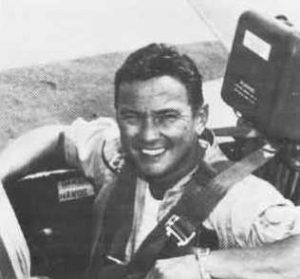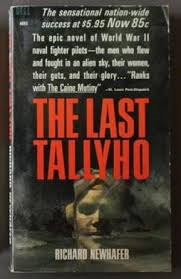The Last Tallyho
Last month I became aware of a novel in the carrier aviation genre I’m ashamed to say I had not heard of. My friend and fellow aviator-turned-blogger Ed Beakley over at Remembered Sky sent an email to his network recommending books that capture carrier aviation through the major conflicts of the past 100 years. Richard Newhafer’s The Last Tallyho represents World War II in the Pacific.
“Dick” Newhafer was an F6F Hellcat pilot in that war, seeing extensive action with Fighting SIX aboard USS Hancock (downing three or nine enemy aircraft depending on the website account and helping to sink the battleship Ise), receiving the Navy Cross and three DFCs. He went on to serve in Korea and did a stint as what we would know today as a Blue Angel events coordinator before separating from the service in 1960 when he was in Hollywood as technical advisor to a show about the Blue Angels. Quite a résumé.
It gets better. Blessed with a gift for words, he became a screenplay writer and advisor for 1960’s shows like Twelve O’Clock High and Combat. He wrote five novels and moved into the detective genre, writing for the detective series Cannon when he passed away too early in 1974 at only 53.
The Last Tallyho was his first novel, published in 1964. Long out of print, it is a story about the ship and air wing team aboard the fictional Essex class carrier Concord in 1943-1944. It delves into historical fiction with references to Nimitz and ends with harrowing combat during “The Great Marianas Turkey Shoot,” to include Newhafer’s character Admiral Delacrois making the famous decision to “turn on the lights” as VADM Marc Mitscher did. Don’t worry, there is plenty of gripping drama I did not spoil. When I received my old and worn paperback copy the first 19 pages were missing, but after jumping in I loved the story of newbie aviators reporting for duty, the excitement of Waikiki, flying out of Barbers Point, dancing with the nurses at Fort Shafter, and the forboding of leaving port and heading west into the unknown, possibly to meet a young man their age over a nameless atoll in a duel to the death.
Newhafer captures to camaraderie, the fear, the gallows humor, the burning passion for female companionship and love on the eve of battle, the resignation that today may be the day but hoping to God it is not. He lived it, and Ed Beakley, who also lived it a generation later over North Vietnam, is right to cite Newhafer as having captured better than anyone his time in Pacific War combat that will stand through the ages…in the form of a novel. As a novelist, I recognized my Saint and Cajun in Newhafer’s story, reminding me that there is nothing new under the sun, and that characters like them, good and bad, populate today’s ready rooms too.
If you haven’t yet, check out Richard Newhafer’s The Last Tallyho.
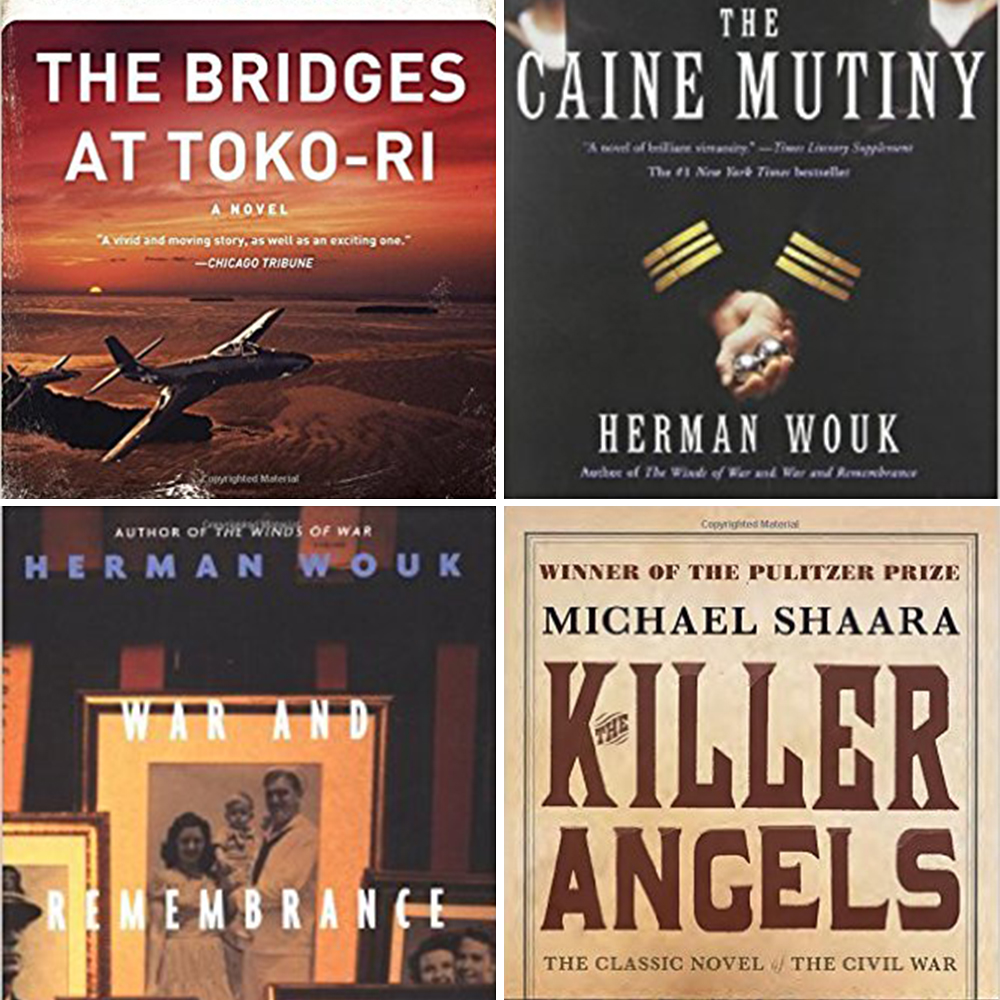
Required Reading
We learn through stories, and these are some of my favorite books, fiction and non-fiction that have influenced me as an author and in life. If you read for fun or professional growth, consider adding them to your library. Next to each I have a short “why.”
Fiction
The Killer Angels – Shaara presents Civil War enemies Lee, Longstreet, Meade and Chamberlain as troubled men under extreme pressures. Historic fiction at its finest.
The Caine Mutiny – WWII was not all glory and honor. Wouk is the master at making his characters human, warts and all, and making us consider how we treat others in a timeless classic for the ages. It is a must-read for all active duty officers.
War and Remembrance – Wouk weaves in interpersonal drama with fascinating historical analysis of how WWII was fought. He and Shaara are masters of historic fiction and writers I try to emulate.
The Bridges at Toko-Ri – This novella and Academy-award movie blockbuster about carrier aviators in the Forgotten War does not have a happy ending. Michener’s immortal line, “Where do we get such men?” resonates with all veterans.
The Lords of Discipline – based on Conroy’s experience at The Citadel, it shows the dark side of the zero-defects mentality in people and organizations. It can kill.
Raise the Titanic – stayed up all night freshman year reading this one. Cussler is the master of action and suspense.
The Hunt for Red October – Clancy started the techno-thriller genre with this amazing novel. Real and human, and written before the internet, Clancy went up to the line of classified – and looked over it.
The Kite Runner – Hosseini moves one to tears with stories of the unspeakable cruelty man is capable of. A Thousand Splendid Suns is right behind.
All Quiet on the Western Front – Remarque’s classic and Crane’s much shorter but still powerful The Red Badge of Courage are novels that explained the horrors of infantry combat to millions.
Dust on the Sea – The sequel to Run Silent, Run Deep; Captain Edward L. Beach mixed technical procedure with unforgettable human characters ranging from heroic to cruel to fraudulent. He explained submarine warfare to the layman but the story never lost authenticity. Captain Beach is a huge influence for me.
Flight of the Intruder – Coonts quintessential Vietnam War carrier novel about what it is really like, its place in aviation fiction is assured. It is authentic and written by an aviator who had been there and did that.
Something to Die For – thought-provoking look at what it is like to be at the tip of the spear during a military skirmish Washington orders for limited gain. Webb has been at both ends of that spectrum; all civilians working in Washington military policy circles should read and heed. Another big influencer of mine.
Non-fiction
Carnage and Culture – Classicist Victor Davis Hanson explains why through the millennia Western Civilization tends to annihilate opponents from different civilizations. All his works are brilliant, but if you (active duty officers!) read only one of his, this is it.
Black Hawk Down – Bowden’s gripping account of a bad day gone worse in Mogadishu, and like Webb’s fictional works, showed that Washington was not serious about what they asked of our soldiers.
We Were Soldiers Once, and Young – General Hal Moore’s equally gripping battlefield account of the Army’s first helicopter assault in Vietnam. Uncommon valor was not a common virtue only to the Greatest Generation. They handed it down to their kids.
Flyboys – After Flags of Our Fathers, Bradley took a look at the human face of the air war in World War II’s Pacific theater, and told us a story of the ruthless reality of warfare that our minds struggle to comprehend.
Shattered Sword – Parshall and Tully’s fascinating work on how the history-changing Battle of Midway was actually fought – and from a Japanese perspective! A must-read for all naval officers.
Last Stand of the Tin Can Sailors – A must-read for all naval officers! Hornfischers’s detailed account of arguably the United States Navy’s finest hour off Samar will leave you stunned and exhausted. Then read Neptune’s Inferno.
Six Frigates – Toll’s well researched history of how the fledgling United States invested in a navy to hold enemies at bay when the U.S. was at its weakest.
The Guns of August – Barbara Tuchman’s minute by minute history of August, 1914 is one of how human folly, assumptions, and pride led to a bloodbath of epic proportion.
Castles of Steel – Read this after the above. Massie’s spellbinding history of the WWI naval battles fought on the North Sea with big guns by Jellicoe and Beatty. A fascinating look at the Edwardian era, with royalty and alliances that finally ended with gurgling bubbles at Scapa Flow.
Nimitz – E. B. Potter wrote a biography of an officer to emulate.
Masters of the Air – The carnage of the strategic bombing air war over Europe is well known. Donald Miller puts you in the cockpits and waist gunner stations manned by scared kids who just wanted to survive the fire, following the orders of leaders who had no choice but to send them into it.
A Bridge Too Far – The colossal airborne Operation Market Garden was rushed into execution. Ryan shows what happens when leaders do that without thinking through all the contingencies. Logistics are for professionals.
Assault on the Liberty – In this little-known work about a little-known action, Ennes lays out compelling and troubling evidence that all is not as it appears inside a human story of valor.
What have I left out? Please contact me with your nominations!
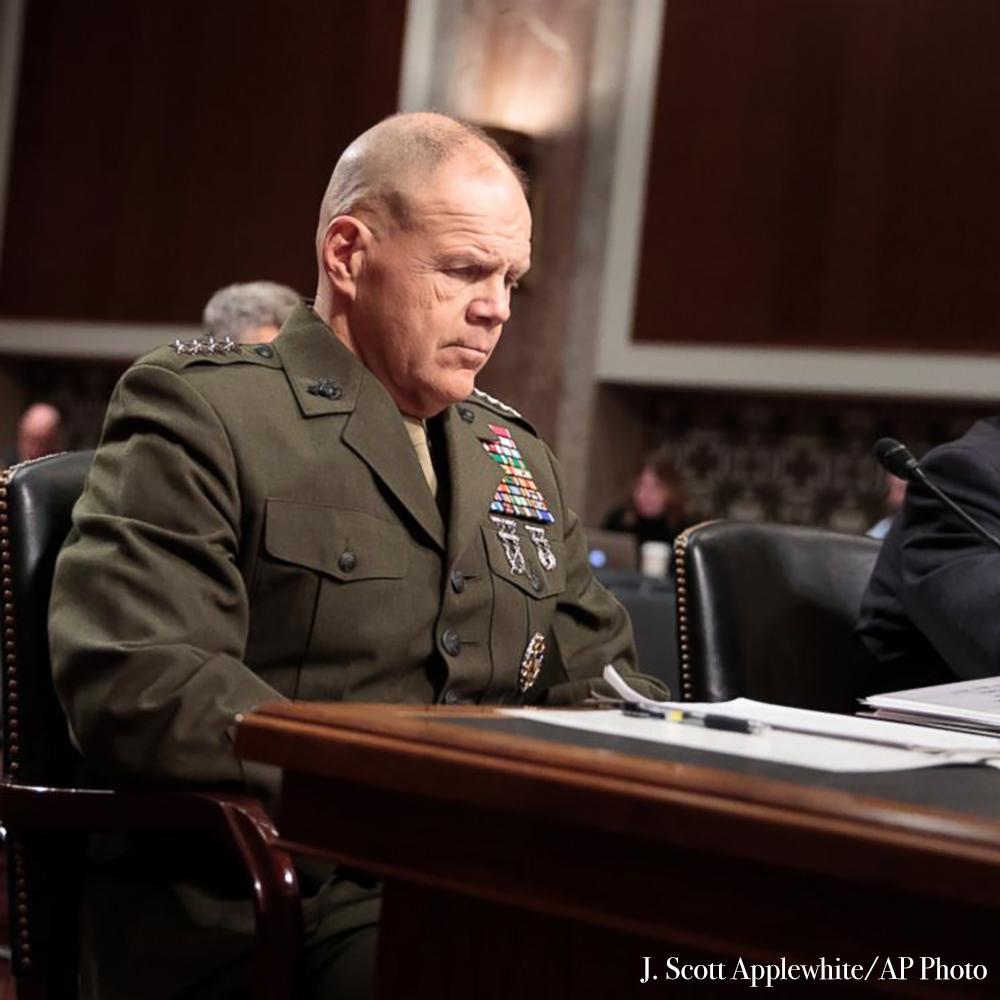
Tarnished Honor
Not a good week for the sea services. The Marine Corps’ honor is tarnished with the Facebook explicit photo scandal, and many high ranking naval officers are cited/indicted in the too-drawn-out “Fat Leonard” scandal.
A reader contacted me the other day and said this USMC situation reminded him of a sub-plot in Declared Hostile that is similar.
I included that sub-plot not because I witnessed that in my career, but because my contemporay novels deal with contemporay social issues. The military is a reflection of our society. Kids that play Grand Theft Auto all day while listening to R-rated or worse (OMG worse) lyrics by artists from Alice In Chains to Beyonce bring their upbringing into the service. We know there is bad behavior all around and bad messaging, while good messaging that involves God and Country is downplayed or eliminated from schools and the entertainment media.
You will see Senators here publicly scold General Neller as they pontificate – and imply the “warrior culture” is the root cause. I have no doubt General Neller can handle it and will deal with this issue – which IS wrong – and fix it. No excuse, zero tolerance, not in my Navy or Marine Corps.
The military is one of our most respected institutions, maybe these days THE most respected. Citizens are right to be upset, and I know there is still work to do inside the military to eliminate harrassment, but the human beings that enter boot camp bring a lifetime of cultural indoctrination with them. The military performs near miracles to inculcate honor, courage, and commitment into young people in a matter of months, but no one involved in the process is perfect, despite the high moral character expected and displayed daily among those in uniform.
All of us can strive for perfect, and never give up striving.
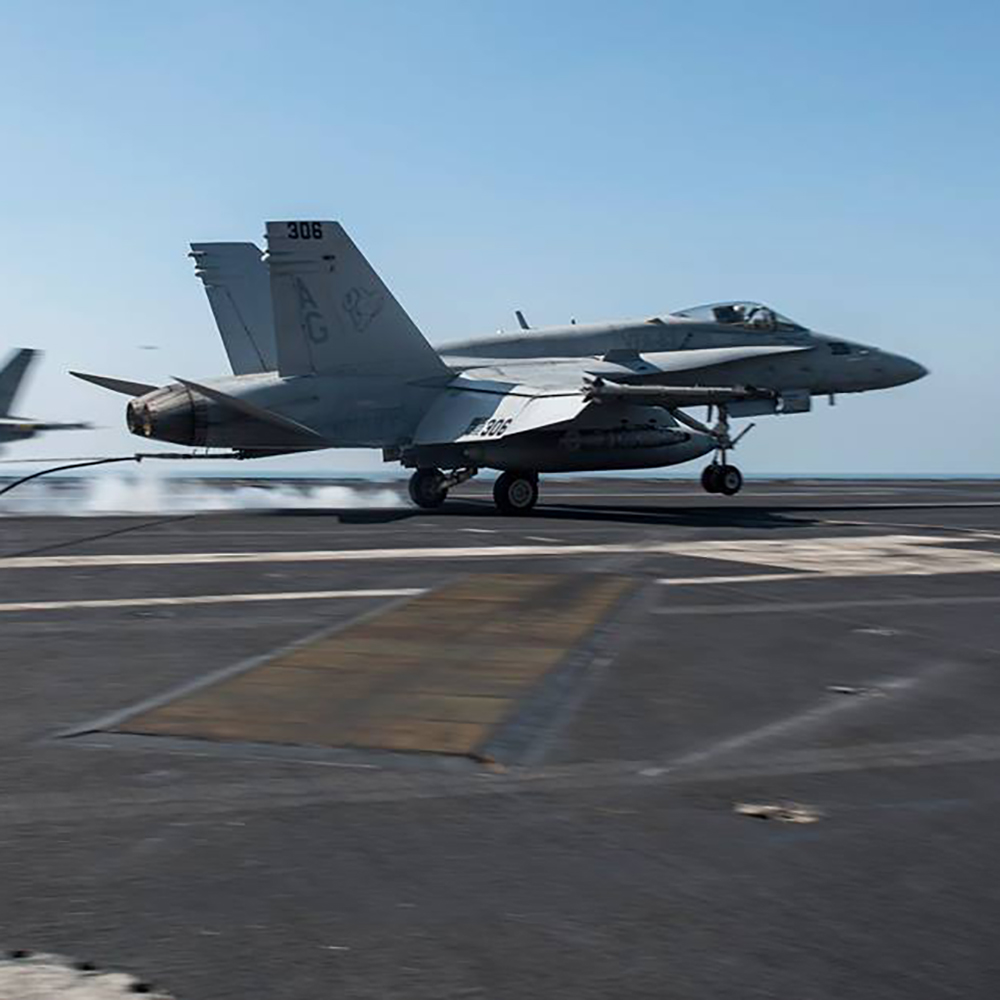
How Important are Readers’ Reviews?
Reader reviews are valuable social proof that helps influence other readers to look at a book they may not be aware of or normally read. Appreciate all of them, and occasionally I’ll post one here, this one from Speed Reader, who reminds us not to forget those on the tip of the spear.
“I am an avid reader of a variety of writing genres, but rarely have I encountered a book of any sort that so captivated my interest.
As one would expect, it puts you in the seat of a carrier based FA-18 Hornet as the pilot trains for and engages in war. But it does much more than that by defining the professionalism, commitment, courage and camaraderie or our naval aviators. It lets the reader understand, as well, the sacrifices that these men an women (and their loved ones) make to protect the nation they serve.
It should be required reading for every American.”
